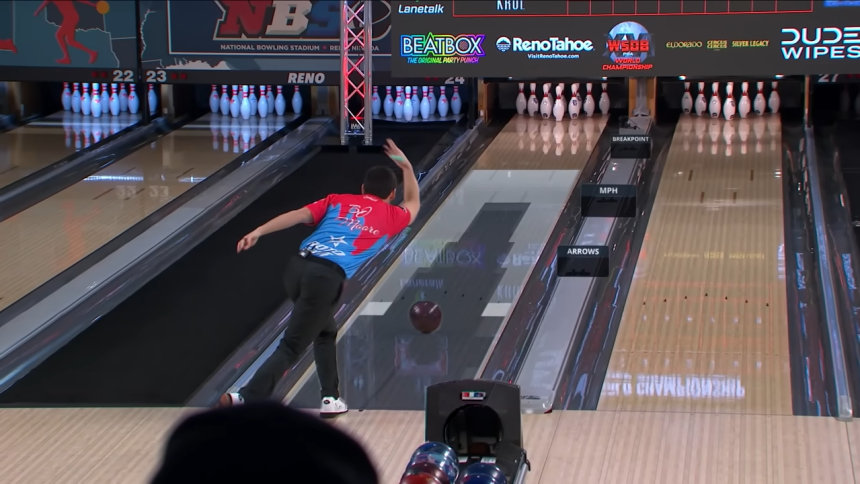Bowling/Ten-pin bowling’s popularity stems from several factors that make it a significant player in the global sports market:
Contents
- Bowling | Encyclopedia.com
- Bowling
- 100 Million People Can’t Be Wrong: Why Bowling Should Be an Olympic Sport
- bowlinguide.com
- Bowling
- Bowling: Popular and Growing at All Levels
- The Global Spread Of Bowling: Its Popularity In Different Regions And…
- ZipDo: AI Development Agency
- Bowling
- History of Tenpin Bowling
- bowlinguide.com
- Accessibility and Inclusivity:
- Low Entry Barrier: Bowling requires minimal physical fitness compared to high-intensity sports like soccer or basketball, making it accessible to people of all ages, genders, and fitness levels. It’s often described as a “common man’s sport” due to its affordability and ease of play.
- Inclusivity: The sport accommodates people with disabilities through aids like ball ramps, lane barriers, and wheelchair-compatible equipment such as the IKAN Bowler, enabling participation at recreational and competitive levels.
- Gender Balance: Approximately 40–50% of bowlers are women, and the sport’s handicap system allows men and women to compete on equal footing, fostering broad appeal.
- Global Reach:
- Widespread Participation: Over 100 million people bowl annually across more than 90 countries, with 70 million in the United States alone. It’s the second most popular sport globally behind soccer, with significant markets in the U.S., Japan, Europe, and emerging regions like China and Africa.
- Cultural Adaptability: Bowling adapts to local cultures, with variations like candlepin or duckpin in some regions, and modern bowling centers often feature entertainment like music, lights, and dining, enhancing social appeal.
https://www.whitehutchinson.com/leisure/articles/whats-happening-to-bowling.shtml
- Social and Recreational Appeal:
- Community and Fun: Bowling alleys are social hubs, offering a casual, family-friendly environment. Modern centers integrate dining, bars, and other activities, making them entertainment complexes rather than just sports venues.
https://stories.usatodaynetwork.com/strugglingsports/bowling
https://www.whitehutchinson.com/leisure/articles/whats-happening-to-bowling.shtml
- Participatory Nature: As the #1 participatory sport in the U.S., bowling attracts both casual players and competitive athletes, with over 67 million Americans bowling annually.
- Technological and Economic Factors:
- Technological Advancements: Innovations like automatic pinsetters (introduced in the 1950s), advanced bowling balls (e.g., urethane and reactive resin), and dynamic lane oil patterns have made the sport more engaging and skill-based.
- Economic Impact: The bowling industry generates $3.8 billion annually in the U.S. alone, employing over 69,000 people. Globally, it supports a robust market with over 250,000 lanes and 1.2 billion games played yearly
- Competitive Structure:
- Leagues and Tournaments: Organized leagues and tournaments, sanctioned by bodies like the United States Bowling Congress (USBC) and Professional Bowlers Association (PBA), provide competitive outlets for millions.
- Media Exposure: Professional bowling events are broadcast on platforms like YouTube and TV, increasing visibility. Historical moments, like Steve Nagy’s televised 300 game in 1954, have cemented its place in sports culture.














